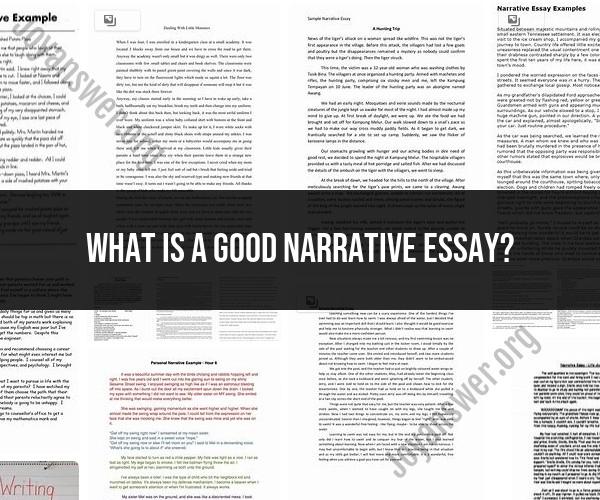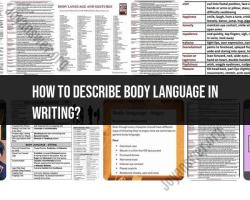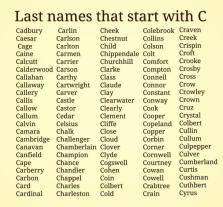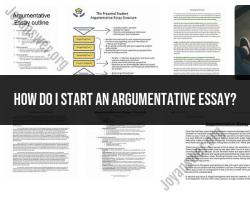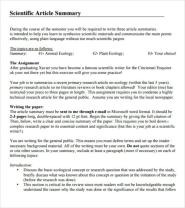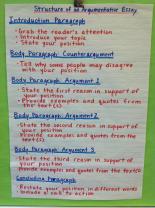What is a good narrative essay?
A good narrative essay is a type of writing that tells a story or recounts an event or series of events from the author's personal perspective. The goal of a narrative essay is not only to entertain or engage the reader but also to convey a specific message or insight based on the experiences and emotions of the author. Here are some key characteristics of a good narrative essay:
Compelling Storytelling: A good narrative essay should captivate the reader's attention from the beginning and maintain their interest throughout. It should tell a story with a clear and engaging narrative arc, including a beginning, middle, and end.
Personal Perspective: Narrative essays are often based on the author's personal experiences or observations. The writer should use the first-person point of view to provide insight into their thoughts, feelings, and reactions during the events being described.
Descriptive Language: Effective use of descriptive language and sensory details helps the reader visualize the scenes and immerse themselves in the story. Vivid descriptions can make the narrative more engaging and relatable.
Character Development: If your narrative involves other characters, it's essential to develop them to some extent. Describe their personalities, actions, and their roles in the story, as this adds depth and complexity to the narrative.
Conflict and Resolution: A good narrative essay often includes a central conflict or problem that the author faces, and it should show how the conflict is resolved or how the author grows and learns from the experience.
Theme or Message: Beyond just telling a story, a narrative essay should convey a deeper theme, lesson, or message. It should offer insight into the significance of the events or experiences described.
Structure and Organization: The essay should be well-structured with a clear introduction, body paragraphs, and a conclusion. Transition sentences can help guide the reader through the narrative smoothly.
Chronological Order: Most narrative essays are written in chronological order, meaning events are presented in the order in which they occurred. This helps maintain clarity and coherence in the storytelling.
Reflective Analysis: In the conclusion of the essay, the author should reflect on the significance of the story and how it has impacted them or what they have learned from it. This reflection adds depth to the narrative.
Editing and Revision: A good narrative essay goes through multiple drafts, with careful editing and proofreading to ensure clarity, grammar, and style are at their best.
Remember that a good narrative essay is not just about recounting events; it's about conveying a meaningful experience or message to the reader while engaging their emotions and imagination. When writing your narrative essay, focus on the story's significance and how it relates to your life or a broader theme.
What Makes a Narrative Essay "Good"? Characteristics and Traits
A good narrative essay is one that tells a compelling story that engages the reader and leaves a lasting impression. It is well-crafted and uses language effectively to create a vivid and immersive experience for the reader.
Here are some of the key characteristics and traits of a good narrative essay:
- Strong narrative arc: The essay has a clear beginning, middle, and end, with a rising action, climax, and falling action. The events of the story are sequenced in a logical and suspenseful way, and the reader is drawn into the narrative.
- Well-developed characters: The essay's characters are believable and relatable. The reader gets to know them and understand their motivations.
- Vivid setting: The setting of the essay is well-described, and the reader feels like they are transported to the story's world.
- Engaging prose: The essay's writing is clear, concise, and engaging. The author uses vivid language and sensory details to bring the story to life.
- Meaningful theme: The essay explores a meaningful theme or idea, and the reader is left with something to think about after finishing the story.
The Essence of a Well-Crafted Narrative Essay: Examples and Analysis
Here are a few examples of well-crafted narrative essays, along with some analysis of what makes them so successful:
- "The Yellow Wallpaper" by Charlotte Perkins Gilman: This short story is a classic example of a well-crafted narrative essay. It tells the story of a woman who is confined to a room with yellow wallpaper and slowly descends into madness. The story is told from the woman's perspective, and the reader gets to see her descent into madness firsthand. Gilman uses vivid language and sensory details to create a claustrophobic and unsettling atmosphere. The story explores the theme of female oppression and the dangers of isolation.
- "The Shawl" by Cynthia Ozick: This essay tells the story of a young Jewish mother who is forced to choose between saving her baby or herself during the Holocaust. The essay is told from the mother's perspective, and the reader gets to see the agonizing decision she has to make. Ozick uses vivid language and sensory details to create a powerful and moving story. The essay explores the themes of motherhood, sacrifice, and survival.
- "The Things They Carried" by Tim O'Brien: This collection of short stories tells the stories of American soldiers fighting in the Vietnam War. O'Brien uses vivid language and sensory details to create a realistic and immersive account of the war. The stories explore the themes of war, trauma, and the human cost of conflict.
These essays are all well-crafted and use language effectively to create a vivid and immersive experience for the reader. They explore meaningful themes and leave a lasting impression on the reader.
Elements of Excellence: Crafting a Strong and Impactful Narrative Essay
Here are some tips for crafting a strong and impactful narrative essay:
- Choose a topic that you are passionate about and that has meaning to you. This will make it easier to write a compelling story that engages the reader.
- Develop strong characters that the reader can relate to. Give your characters clear motivations and backstories.
- Create a vivid setting that the reader can imagine. Use sensory details to bring the setting to life.
- Tell your story in a clear and concise way. Avoid unnecessary jargon or clichés.
- Use strong verbs and vivid language to create a powerful and engaging narrative.
- Be mindful of your audience and tailor your writing style accordingly.
- Revise and edit your essay carefully to ensure that it is well-written and free of errors.
By following these tips, you can craft a strong and impactful narrative essay that will leave a lasting impression on your reader.
